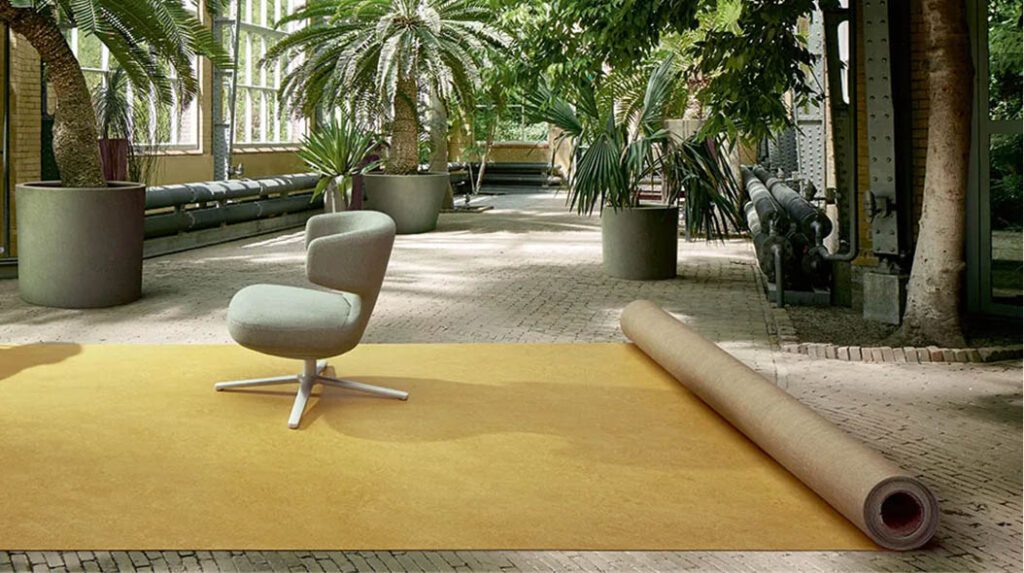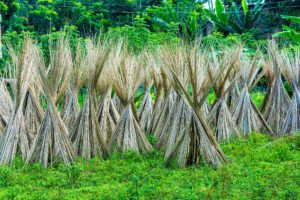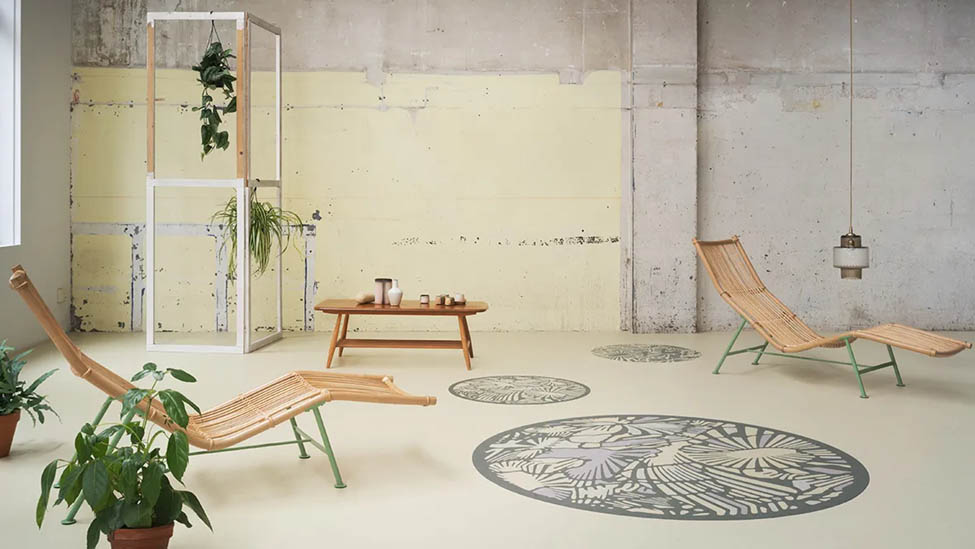Which flooring is the “Green-est”?
The Answer Might Surprise You.
We all know there are different ways humans and the products we use affect the world around us, and our floors are no exception. Flooring can be made from a variety of materials, from wood to stone to rubber and wool. Each has a different impact on the environment.
When you consider that floors are the single biggest interior space in your home (besides walls and ceiling), selecting a product that suits your individual tastes, your lifestyle – AND is good for the environment – is challenging at best.
To simplify things, we’ve identified three key ways to measure a floor’s environmental friendliness:
- Good for you, Good for the Environment: Products that are natural and healthy both for you and the world around you, and also products that use limited or only-natural pesticides in the growth process.
- Renew-ability, Sustainability & Longevity: Can the flooring materials be readily replenished now and over time, or are they in limited supply? Consider the floor’s lifespan. Those with a longer lifespan will use fewer resources overall.
- Biodegradability: Products that break down naturally without chemical off-gassing.
Will Your Green Floors Fit Your Pocketbook?
All those factors should be weighed against affordability because, frankly, environmental friendliness doesn’t matter, if you can’t afford the floors in the first place.
Solid hardwood, for instance, is VERY environmentally friendly. It is 100% wood so it is biodegradable and, if used with all-natural finishes, it’s terrific for your health and the planet! Plus, it has a very long lifespan (50-100 years, if cared for properly). It is also a premium product, and it comes with a premium price. So if budget is a concern at all, you might need to consider another green option.
Engineered wood is often a more-affordable real-wood option – with all the same benefits of solid wood. However, its pre-finished protective layer is typically made of synthetic material. If you are considering engineered wood, be sure to ask your flooring expert for a natural finish option, instead.
What is Linoleum?

Of the remaining options, linoleum stands head and shoulders above the rest. Not to be confused with laminate or luxury vinyl (both use synthetic materials), linoleum is an all-natural product with a price point that’s about half that of solid hardwood. Made from linseed oil, pine resin, limestone, jute and wood flour – linoleum is highly renewable. Also, like solid and engineered hardwood, it lasts a very, long time. Up to 30 years!
What’s more, many of the ingredients used in linoleum are so natural they bring another dimension to the idea of healthy, renewable products.
Flax
Flaxseed (which is where linseed oil comes from) can be added to your favorite snacks to add a nutty flavor, along with those good unsaturated fats and fiber. In linoleum it is used to bind the wood pulp before calendaring. Now that’s a healthy floor!

Jute can be harvested 2-3 times a year.
Jute
The backing of linoleum is crafted from the hardy Jute plant. And its growing cycle is so short – it can be harvested two to three times per year – making it one of the most sustainable materials available. What’s more, the plant’s fibers are both strong and supple, making it an ideal material for clothing and bed sheets. Those same qualities give linoleum a beautifully-soft feel under foot.
Wood Flour
Wood flour, also 100% natural, is a byproduct of controlled timber plantations. It is the portion of the cut timber that would otherwise go to waste. Instead, it is used to create the core of long-lasting linoleum tile.
Pine Resin & Lime Stone
Both abundantly available, pine resin and limestone are natural materials that are used in the core and backing of linoleum. Resin also has natural antibacterial and anti-inflammatory qualities. Yet another clean ingredient in the linoleum recipe.

Marmoleum linoleum from Forbo
Linoleum is Tops in Green Flooring
There you have it. Linoleum is one of the most environmentally-friendly flooring products available. It’s renewable, sustainable, healthy, natural and biodegradable, with a long lifespan. It’s also very versatile, and available in a wide range of designs – from wood grain to classic tile to deco designs. If you’d like to learn more about linoleum for your home or business, contact your local Floortex Design showroom.





